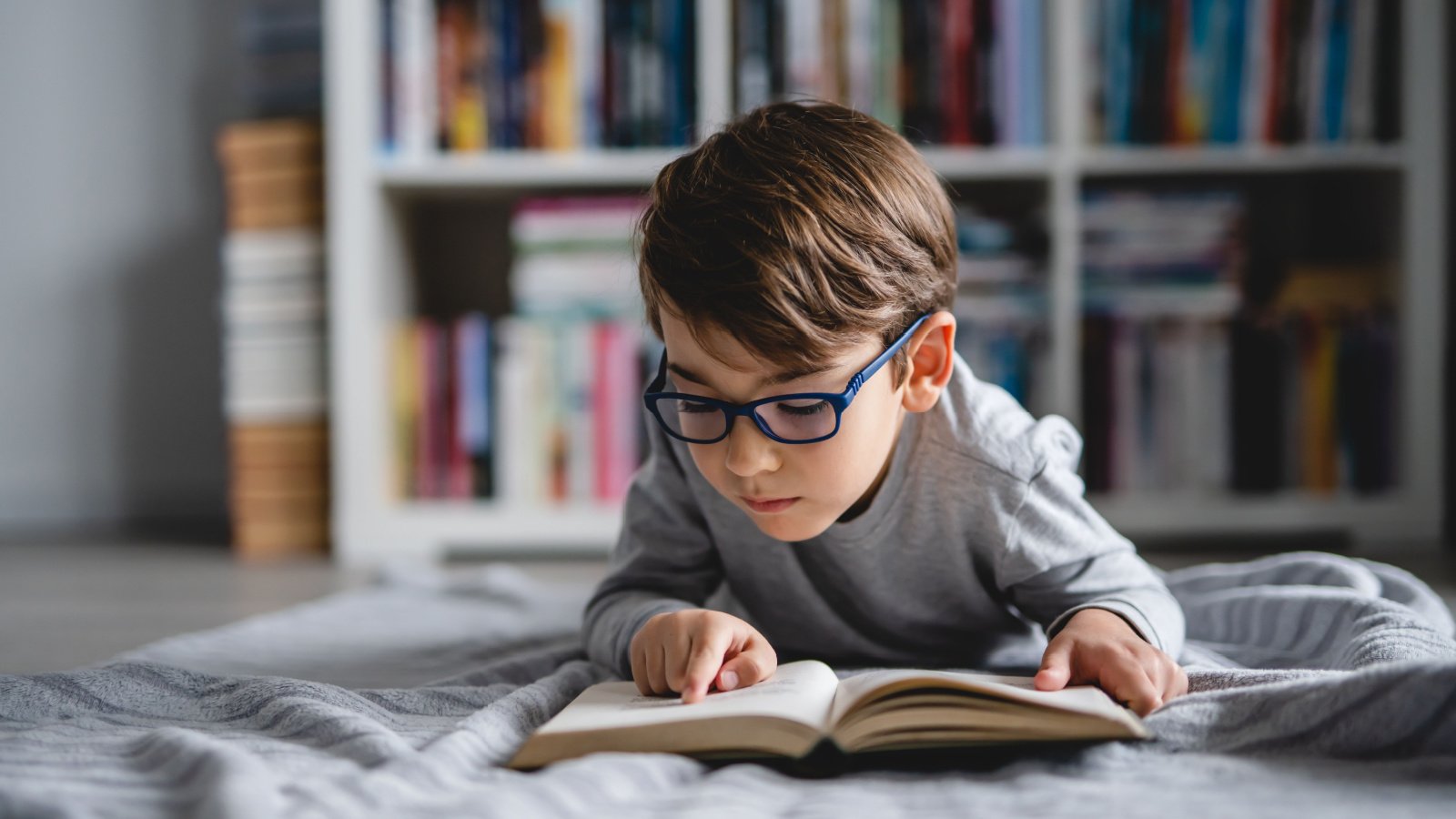Discover strategies to help children with ADHD thrive with insights from parents, educators, and experts. From establishing a routine to creative approaches like encouraging artistic expression, this list is packed with practical tips. Transform challenges into triumphs for these extraordinary kids.
Establishing a Routine

Creating a consistent daily routine provides security and predictability for children with ADHD. This routine should include set times for meals, homework, play, and sleep. The predictability of a routine helps minimize distractions and anxiety, leading to a more focused and calm mindset. “A consistent schedule was a game-changer for my son,” shares Jane, a parent from an ADHD forum.
Break Tasks into Smaller Steps

Children with ADHD often feel overwhelmed by large tasks. Breaking tasks into smaller, manageable steps can make them seem less daunting. This approach encourages a sense of accomplishment with each completed step, boosting confidence. It’s a practical way to help children progress steadily without feeling overwhelmed.
Positive Reinforcement

Positive reinforcement works wonders for children with ADHD. Celebrating small achievements and good behavior with praise or rewards motivates them to keep trying. This strategy not only boosts their self-esteem but also reinforces desirable behaviors. “Every small win deserves a celebration,” comments Mike, an educational therapist.
Create a Quiet Workspace

Having a designated quiet space for homework and study can significantly improve focus. This area should be free from distractions like TV and noisy siblings. A calm, organized environment helps children with ADHD concentrate better on the tasks at hand. It’s a simple yet effective way to enhance their learning experience.
Encourage Physical Activity

Regular physical activity is essential for children with ADHD. Exercise helps in burning excess energy and improves concentration and mood. Activities like sports, dance, or simple outdoor games can be very beneficial. It’s a fun way to channel energy positively and improve overall well-being.
Use Visual Aids

Visual aids like charts, graphs, and colorful notes can be beneficial. They make information more engaging and easier to understand for children with ADHD. This method helps maintain their interest and improve memory retention. “Visual aids transformed my daughter’s learning experience,” shares a teacher from a special education blog.
Set Clear Expectations

It’s essential to set clear and achievable expectations for children with ADHD. These expectations should be communicated in a straightforward and positive manner. Understanding what is expected of them helps children stay focused and reduces confusion. Consistency in expectations and consequences is key to their success.
Limit Screen Time

Reducing screen time can significantly improve attention spans in children with ADHD. Excessive exposure to screens can be overstimulating and distracting. Encouraging other activities like reading or puzzles helps in developing focus and creativity. This approach also promotes healthier lifestyle habits.
Mindfulness and Relaxation Techniques

Teaching mindfulness and relaxation techniques can help children with ADHD manage stress and anxiety. Practices like deep breathing, yoga, or meditation are beneficial. These techniques aid in self-regulation and promote a sense of calm. “Mindfulness has helped my child stay more centered,” notes an online commenter.
Encourage Artistic Expression

Artistic activities like drawing, painting, or playing a musical instrument offer a productive outlet for emotions and energy. These activities foster creativity and can be very therapeutic. They also help in developing fine motor skills and concentration. Encouraging artistic expression can be a joyful and fulfilling experience for children with ADHD.
Implement a Reward System

A reward system can motivate children with ADHD to complete tasks and adhere to rules. This could include a point system, stickers, or small treats for positive behavior. Such systems make goals tangible, and the rewards act as an incentive. “Rewards keep my child motivated and happy,” says a parent on a health forum.
Foster Social Skills

Developing social skills is crucial for children with ADHD. Encourage them to participate in group activities and teach them about turn-taking and listening. Role-playing games can be an effective way to practice these skills. Building strong social skills helps reduce feelings of isolation and improve peer relationships.
Provide Nutritious Meals

A balanced diet is important for managing ADHD symptoms. Nutritious meals with a good balance of proteins, carbohydrates, and healthy fats can improve focus and energy levels. Avoiding sugary snacks and drinks helps in reducing hyperactivity. A healthy diet supports overall physical and mental well-being.
Use Technology Wisely

Leveraging technology can aid in learning and organization for children with ADHD. Educational apps and games can make learning more interactive and engaging. Tools like digital calendars and reminders can help you stay organized. “Tech tools have been a big help for my child’s organization,” an educator comments.
Encourage Independence

Encouraging independence in children with ADHD builds confidence and self-reliance. Start with small tasks like organizing their workspace or choosing their clothes. Gradually increase responsibilities as they grow more capable, which prepares them for future challenges.
Create a Sensory-Friendly Environment

Some children with ADHD are sensitive to sensory inputs. Creating a sensory-friendly environment can reduce distractions and discomfort. This may include using soft lighting, having noise-canceling headphones, or providing fidget toys. A comfortable environment can greatly enhance their ability to focus and learn.
Practice Patience

Patience is key when dealing with ADHD. Children may take longer to learn or complete tasks. Understanding and patience from adults can make a significant difference in their confidence and willingness to try. “Patience brings out the best in my child,” says a parent in a support group.
Simplify Instructions

Clear and concise instructions are easier for children with ADHD to follow. Avoid giving multiple instructions at once. Simple, step-by-step directions help in better understanding and compliance. This approach reduces confusion and helps in accomplishing tasks more effectively.
Encourage Reading

Reading is a great way to improve concentration and cognitive skills. Choose books that interest them to keep them engaged. Reading together can also be a bonding experience and provides an opportunity to discuss and understand the content. It’s an enjoyable way to develop focus and imagination.
Offer Choices

Giving children with ADHD choices empowers them and provides a sense of control. This could be in simple decisions like choosing their snack or selecting a game to play. Offering choices teaches decision-making skills and encourages independence. It’s a subtle way to boost their confidence and self-esteem.
Celebrate Uniqueness

Emphasizing the unique strengths and talents of children with ADHD is important. Celebrate their creativity, energy, and other positive attributes. Focusing on their strengths rather than shortcomings builds a positive self-image. “Embracing my child’s uniqueness has made all the difference,” a family therapist remarks.









好文!2026年世界杯越来越近了,让我们共同期待这场全球足球盛宴。日期:2025-11-12 09:40:28 (-03)。
好文!2026年世界杯越来越近了,让我们共同期待这场全球足球盛宴。日期:2025-11-15 08:35:47 (-03)。